In the world of tree care, differentiating between a dead and dormant tree can make all the difference for the safety of you and your property. While dead trees are a safety hazard and should be removed, during dormancy season, it can often be challenging to tell if a tree is still alive or not. Luckily, our guide is here to help. This blog lists trusted methods to help you determine whether a tree is dead or dormant, so you’ll know when it’s time to schedule professional tree removal services.
Inspecting Buds
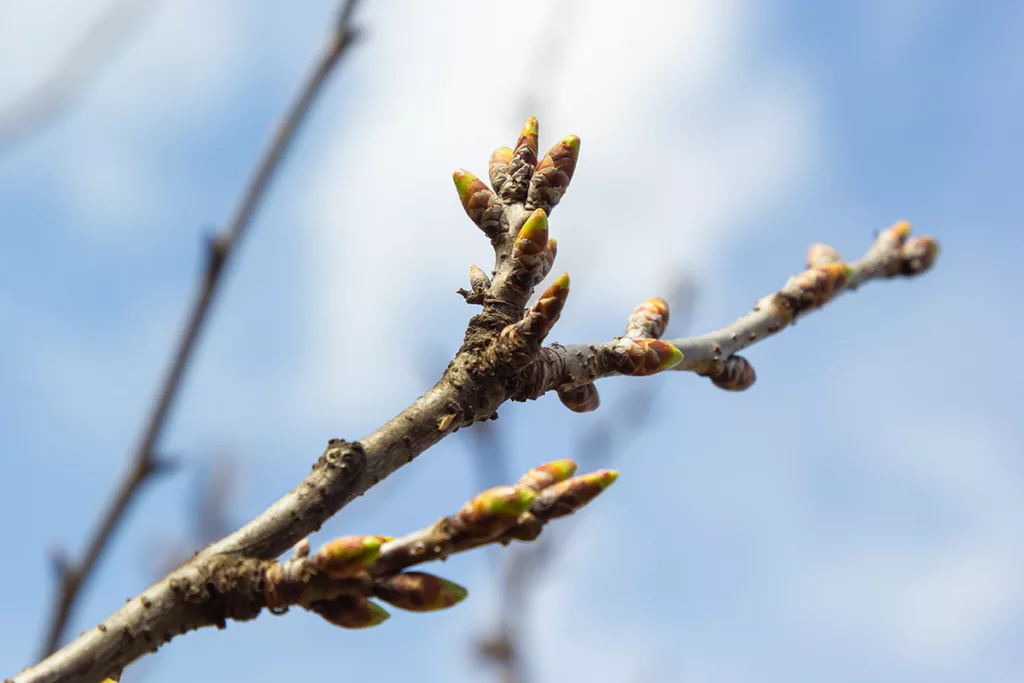
One of the easiest ways to tell if a tree is dead or dormant is to inspect the buds. Even during dormancy, new buds will grow from a tree’s crown, which is a clear sign that the tree is still alive. A dead tree will not grow new buds, or have any buds currently growing on any part of the tree.
Snap and Scratch Test
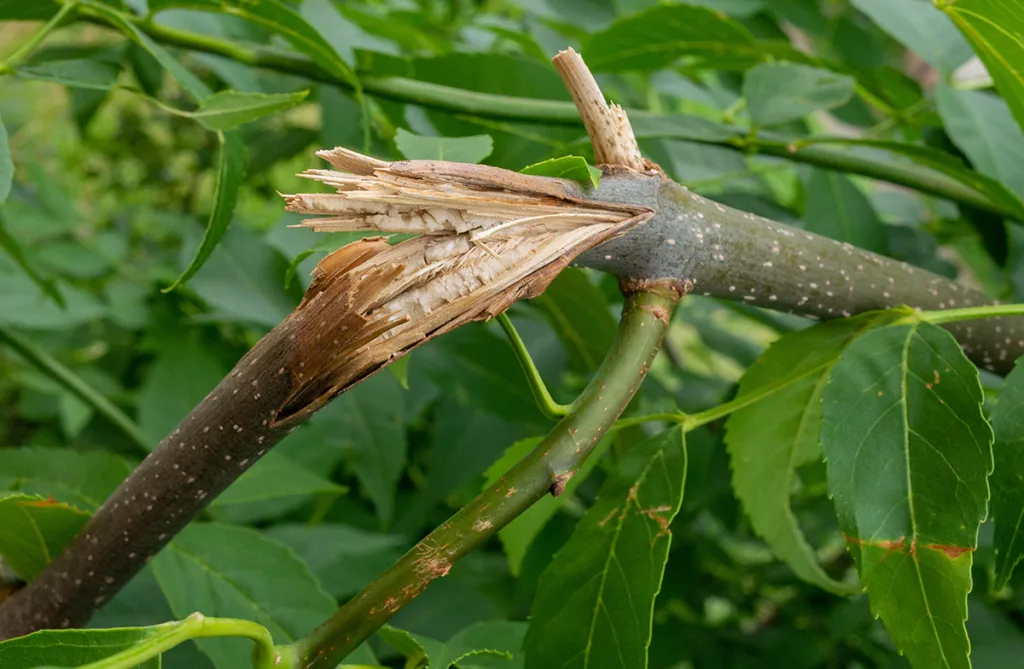
The snap and scratch test is a quick and reliable method for determining whether a tree is deceased or just in dormancy. A healthy tree’s branches should bend, not snap. This is due to the cambium layer beneath the bark, which should be fresh, green, and slightly damp. However, if a branch snaps and you notice that the layer beneath the bark is dry, the tree is likely dead. You can also gently scratch the bark to reveal and assess the underlying tissue.
Evaluating Roots
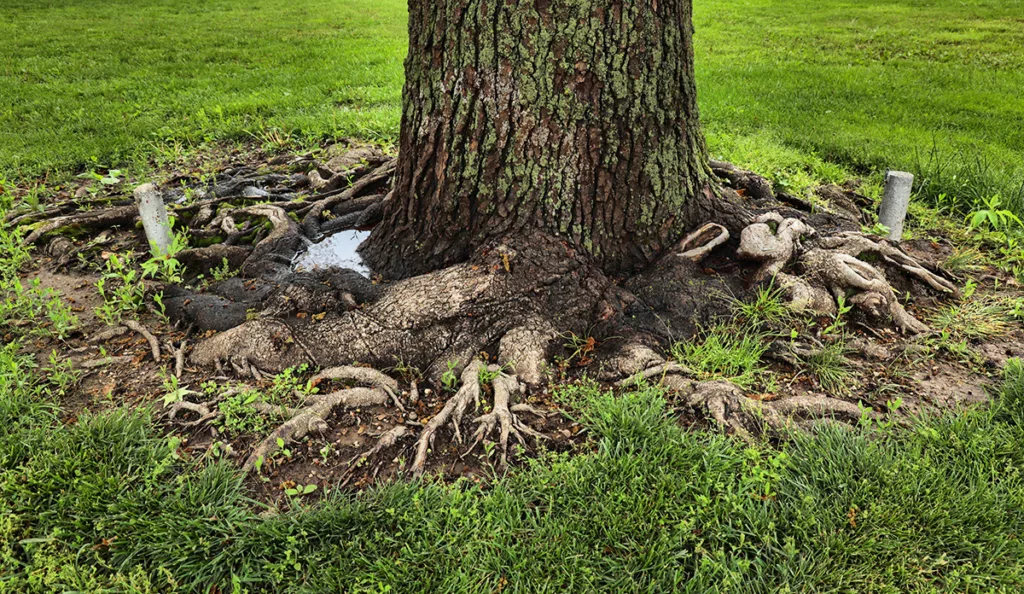
As one of the most vital parts of any tree, the root system is a great indicator of a tree’s overall health. Decaying roots signify that a tree is either already dead or close to it, so keep an eye out for fungi at the base of the tree or in the surrounding soil, as this is a likely sign that decomposition is already in progress.
Assessing Trunk Health
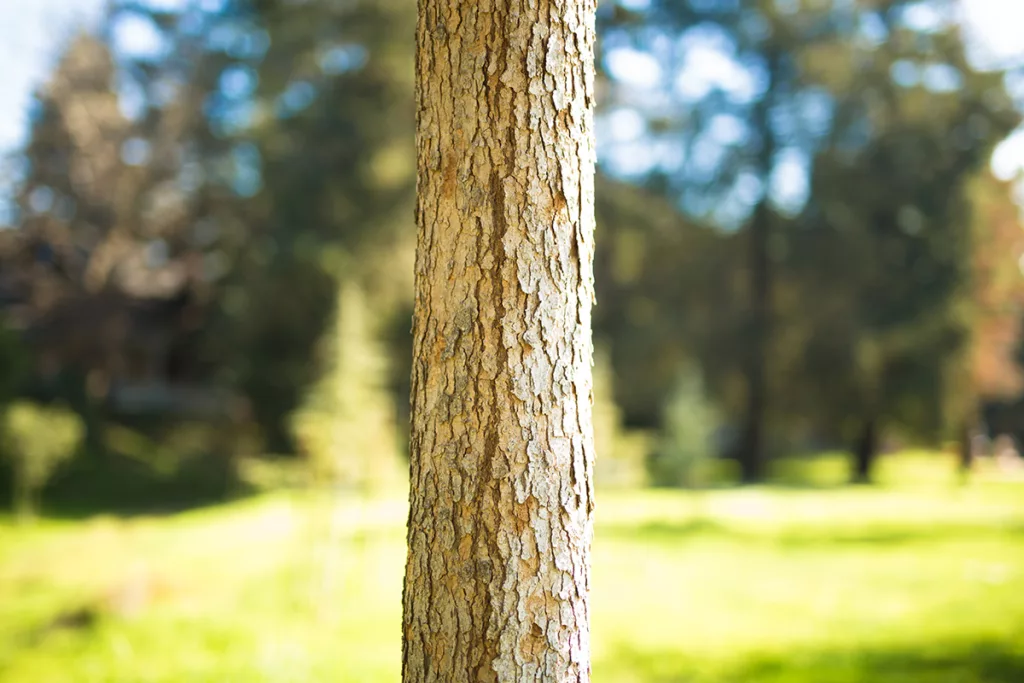
The trunk is a tree’s main support structure and a crucial factor in determining the overall health and vitality of a tree. Any signs of trunk decay or damage can often be indicative of the tree’s overall condition.
A healthy trunk should be upright and free from any visible signs of damage like cracks, splits, wounds, or decay. It should also have a consistent diameter and no signs of abnormal swelling or shrinkage.
On the other hand, a dead or dying tree will often exhibit noticeable signs of trunk decay, such as soft or mushy areas on the trunk, bark loss, or hollowing.
Bark Examination
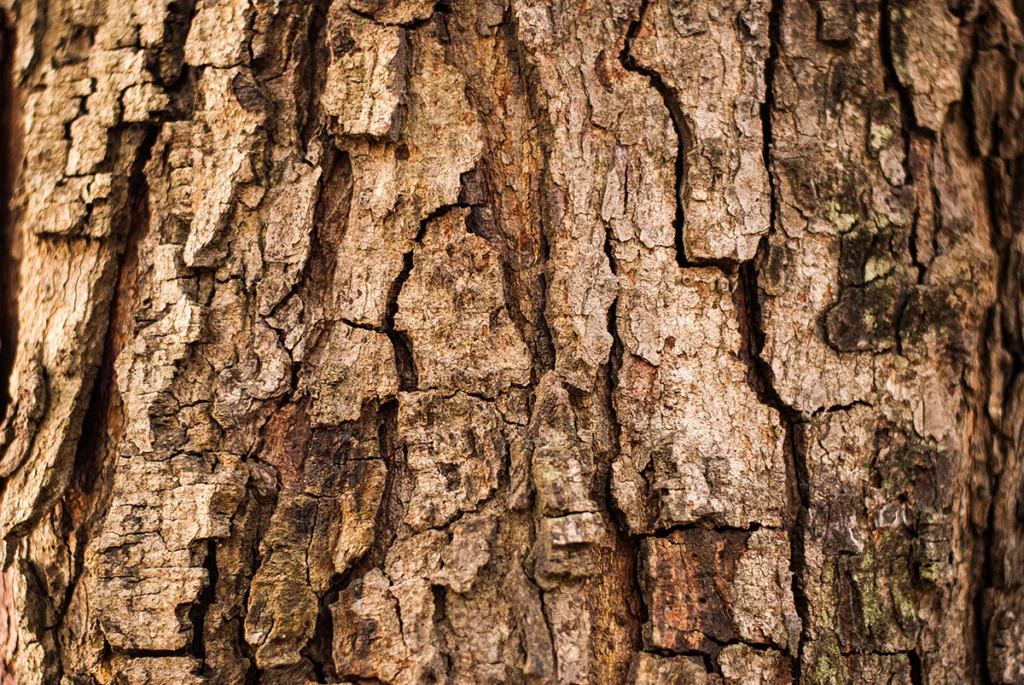
Just as a snake sheds its skin, a healthy tree goes through cycles of shedding old bark and regenerating new layers. A dead or dying tree won’t be able to go through this process, resulting in signs of unhealthy bark such as peeling or discoloration.
Checking for Diseases, Pests, and Parasites
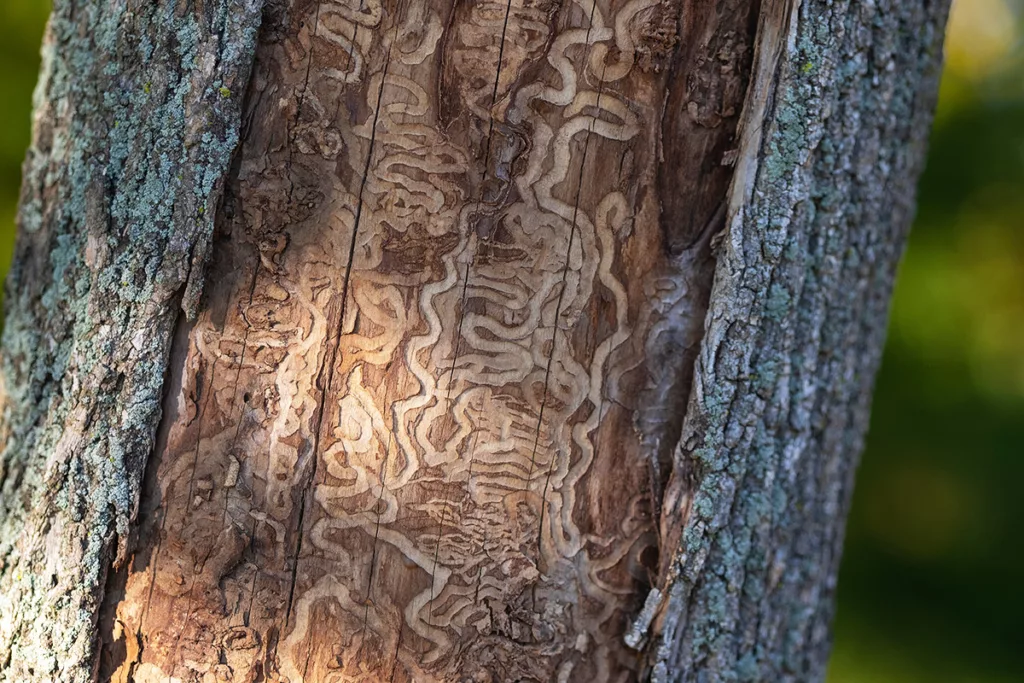
By carefully checking your tree for any signs of diseases, pests, or parasites, you can gather important information to help you distinguish between death and dormancy.
Some common tree diseases include fungal infections, bacterial infections, viral infections, and various types of blight. These often manifest in visible symptoms, such as:
- Discoloration
- Wilting
- Cankers
- Lesions
- Abnormal growth patterns
You can identify these telltale signs of disease by carefully examining your tree’s foliage, branches, and trunk. If the tree experiences severe symptoms like excessive dieback or complete defoliation, it’s more likely to be dead or dying rather than dormant.
Protect Your Property by Scheduling Tree Removal Services from Vintage Tree Care
Accurately identifying whether a tree is dead or dormant is crucial for safeguarding your property, since dead trees are often a safety hazard and should be removed. By following the methods outlined above, you can make informed decisions about the kind of services your trees might need.
The experienced arborists at Vintage Tree Care are here to provide the best care for your trees, including tree risk assessments, tree removal services, and more. Don’t wait until it’s too late— take the next step to protect your trees and property by contacting us online today, or giving us a call at (707) 495-4686 to learn more about how we can help.


